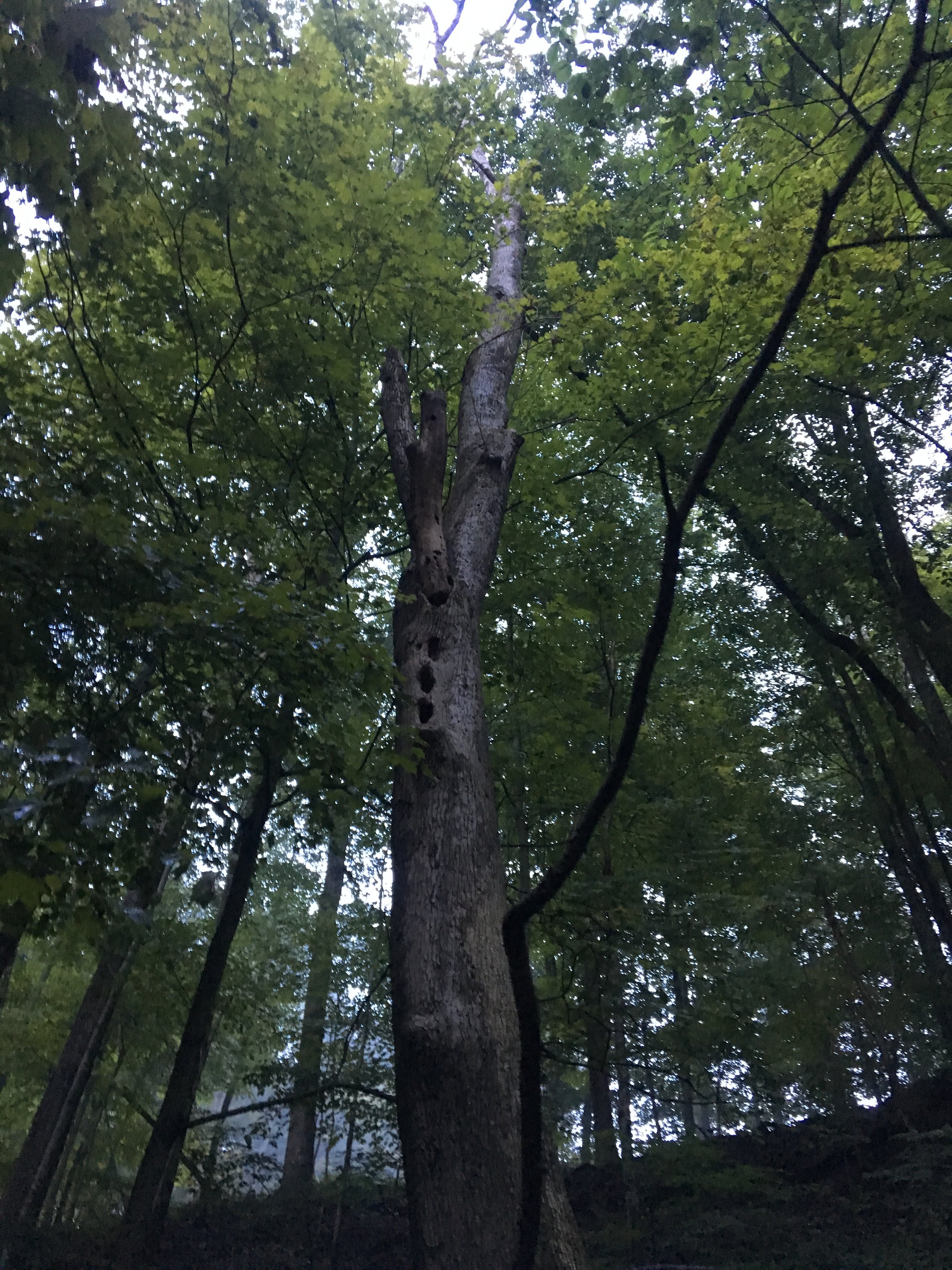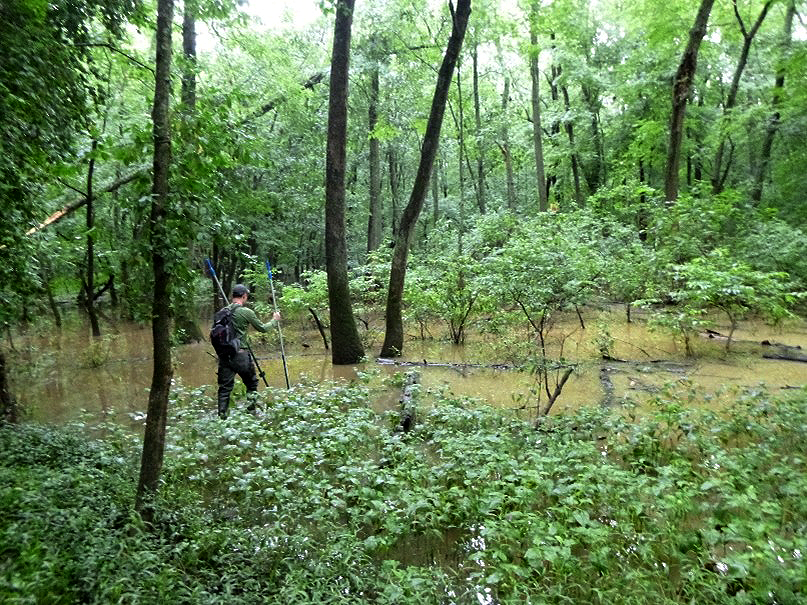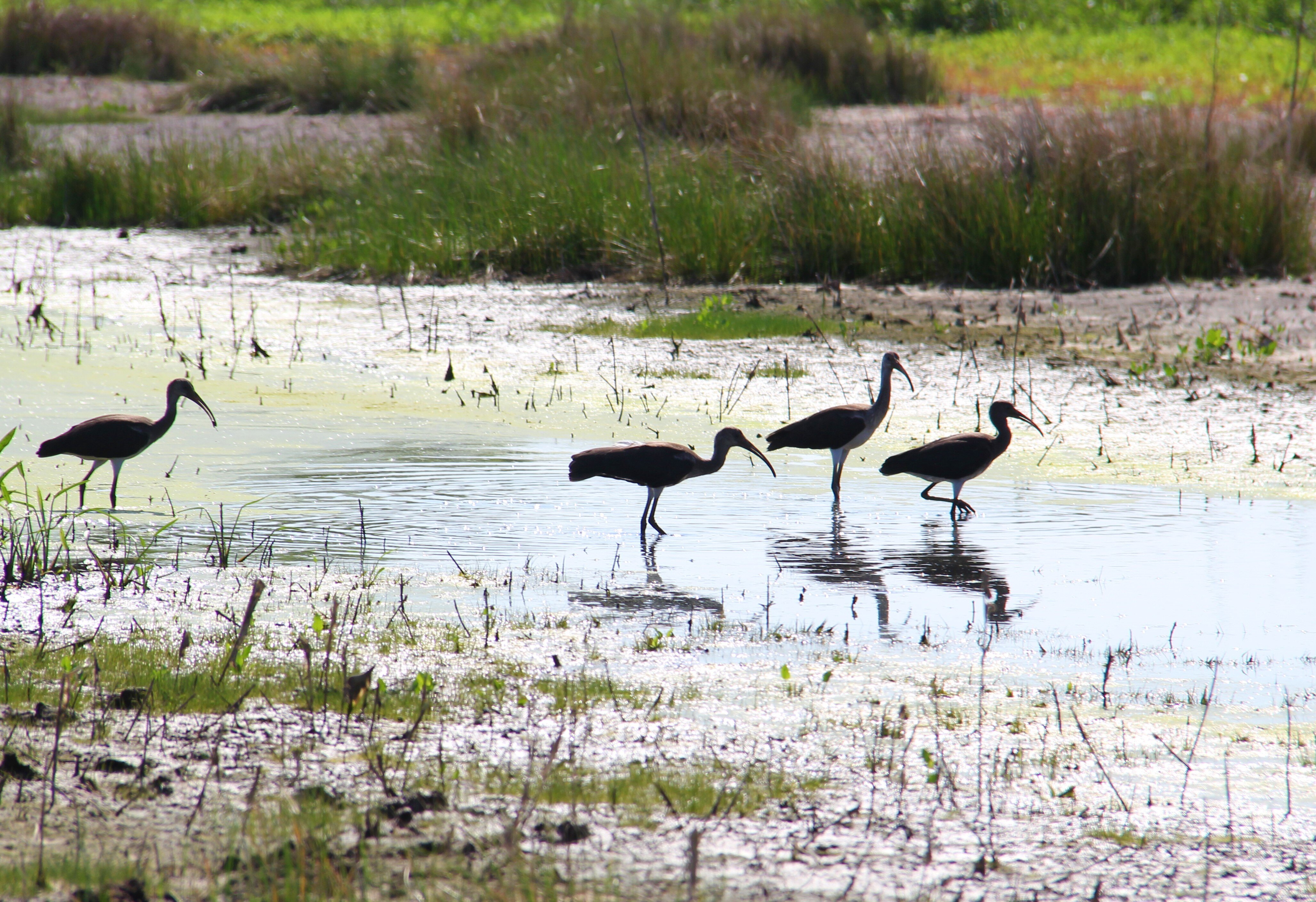Proactive conservation in action: RES expands bat bank to meet current and future regulatory needs
Proactive conservation in action: RES expands bat bank to meet current and future regulatory needs
RES expands its Pennsylvania Bat Conservation Bank to include more species, offering flexible, science-backed solutions for developers navigating federal permitting and protecting vital bat habitats.
RES has received formal approval from the U.S. Fish and Wildlife Service (the Service) to amend the conservation banking instrument for our Pennsylvania Bat Conservation Bank. Originally approved for Indiana bat (Myotis sodalis) mitigation, the bank now also covers the northern long-eared bat (Myotis septentrionalis), a species recently listed as federally endangered.

Indiana bat
Even more notably, the amended instrument proactively includes two additional species, the little brown bat (Myotis lucifugus) and the tricolored bat (Perimyotis subflavus), positioning the bank to offer credits for those species once they are federally listed.
This bank holds a special distinction: it was the first species conservation bank approved by the Service in the Northeast Region. With expanded species coverage, it continues to set the standard for collaborative, science-driven mitigation solutions in the region.

Northern long-eared bat with wing band
Why this matters—for developers and wildlife
For clients navigating federal permitting, this change can mean fewer headaches and more flexibility. Many infrastructure and development projects in Pennsylvania are impacted by seasonal tree-clearing restrictions designed to protect roosting bats. These restrictions often don’t align with construction schedules, causing costly delays.
Now, with mitigation credits available for the northern long-eared bat and coverage for two likely-to-be-listed species already built in, RES can help keep permitting on track, especially for projects with complex or compressed timelines.
Science-backed and site-specific
What makes this bank even more impactful is the confirmed presence of multiple high-priority bat species, as documented through on-site acoustic surveys. These surveys, which record echolocation calls at night, confirmed the presence of Indiana bats, northern long-eared bats, little brown bats, and tricolored bats.

Northern long-eared bat roost tree
In addition to these four federally listed or soon-to-be-listed species, the acoustic data also detected a diverse range of other bat species that further demonstrate the ecological value of the site:
- Hoary bat (Lasiurus cinereus)
- Big brown bat (Eptesicus fuscus)
- Eastern red bat (Lasiurus borealis)
- Silver-haired bat (Lasionycteris noctivagans)
- Small-footed bat (Myotis leibii)
- Evening bat (Nycticeius humeralis)
and confirms its readiness to support a wide range of bat-related mitigation needs.
A little foresight—and a lot of bat enthusiasm
The story of this amendment began with a mix of professional foresight and genuine passion for bat conservation. Former RES team member and certified bat surveyor Matt Brennan once packed up his “batmobile”, complete with acoustic monitoring gear, and made a detour during a personal trip to Pittsburgh. His goal? Set up an acoustic survey on the Pennsylvania Bat Bank site and collect data that could inform future conservation efforts.

RES certified bat surveyor searching for the best location for an acoustic survey.
That effort followed established survey protocols and captured a robust dataset of echolocation calls from multiple species, including the Indiana bat, northern long-eared bat, little brown bat, and tricolored bat. At the time, only one of these was federally listed. However, the RES team recognized that additional listings were likely.
So, when the opportunity came to formally amend the conservation instrument, RES already had the data in hand to demonstrate the site's ecological value. That survey, which began as a passion-driven effort, ultimately helped validate the expanded species coverage and strengthened RES’ case for proactive, science-backed conservation planning.
This milestone would not have been possible without the leadership of Katie Wolff, RES Project Manager, who championed the amendment effort from start to finish. Katie worked closely with the Service's Pennsylvania Field Office, coordinated internal resources, and gathered the documentation and data supporting the expanded coverage. Her persistence and deep understanding of both the science and regulatory framework were key to moving this project forward.
Built for what’s next
With this amendment, the Pennsylvania Bat Bank remains one of the most forward-thinking conservation banks in the state and continues to serve as a model for others in the Northeast. It’s currently one of the few banks offering mitigation credits for both Indiana bats and northern long-eared bats, and it's now positioned to cover even more species as federal protections evolve.
The result is a solution that’s ready for what’s next, both for developers managing environmental compliance and for wildlife that urgently needs high-quality protected habitat in an area threatened by ongoing development.
Have a bat-related permitting challenge? We’re ready to help you navigate it. Contact us to learn more about how the Pennsylvania Bat Bank can support your project.
Topics:
- Videos (45)
- Environmental Mitigation (44)
- Natural Resource Restoration (33)
- Landscape-scale Restoration (30)
- Species & Habitats (28)
- Water Quality (17)
- articles (17)
- California (16)
- Resiliency (15)
- Texas (15)
- Virginia (13)
- Pennsylvania (12)
- Regulatory (11)
- Technology & Innovation (11)
- Oregon (10)
- Klamath (9)
- Case Studies (8)
- Procurement (8)
- Research (8)
- Water Quantity (8)
- Studies & Reports (7)
- Case Study (6)
- Louisiana (6)
- Presentations (5)
- Storymap (5)
- Florida (4)
- Maryland (3)
- Urban Renewal (3)
- Video (3)
- Flooding (2)
- Illinois (2)
- Milwaukee (2)
- North Carolina (2)
- Restoration (2)
- South Carolina (2)
- Tennessee (2)
- Webinar (2)
- Wisconsin (2)
- Article (1)
- Bois Darc (1)
- Carpentersville Dam (1)
- Corporate Sustainability (1)
- Dam Removal (1)
- Economic Development (1)
- Environmental Restoration (1)
- Erin Delawalla (1)
- Justin Freedman (1)
- Mine Reclamation (1)
- Ohio (1)
- Podcast (1)
- Podcasts Audio (1)
- Suburban Chicago (1)
- Trees Planting (1)
- West Virginia (1)
- indiana (1)




